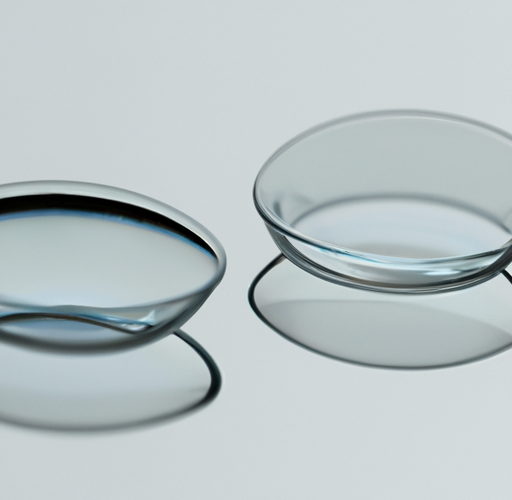Contact lenses are a popular way to correct vision problems, but they can be a bit confusing for those not familiar with the jargon used in the industry. One of the most common terms you may see on your contact lens prescription is “cylinder” and “axis”. Understanding what these terms mean is essential to ensure you receive the correct lenses for your needs.
What is Cylinder in Your Contact Lens Prescription?
The cylinder refers to the shape of your eye, specifically the cornea. In an average eye, the cornea is perfectly round, giving it a spherical shape. However, some eyes have a slightly different shape, causing light to refract or bend when entering the eye. This can create blurry vision.
In these cases, the lens needs to be shaped to compensate for the difference in the eye’s shape. This is where cylinder comes in. The cylinder power corrects the blurry vision created by the cornea’s different shape.
What is Axis in Your Contact Lens Prescription?
The axis works in conjunction with the cylinder power. It determines the exact orientation of the lens for your eyes. Think of it as the direction the cylinder power is pointing.
The axis is measured in degrees ranging from 0 to 180, with 0 being horizontal, 90 being vertical, and so on. It’s essential to have a precise axis measurement to ensure you see clearly and comfortably with your contact lenses.
Why is it Important to Understand Your Cylinder and Axis?
Understanding your cylinder and axis is crucial to ensure you receive the proper correction for your vision. Without it, your contact lenses may not be as effective, and you may not see the way that you want to.
Moreover, getting the wrong cylinder power or axis could lead to issues like headaches, eye strain and discomfort. Worse still, poorly fitting lenses can even damage your eyes.
Final Thoughts
When it comes to your eyes, it’s essential to understand the technical lingo used in the industry. Cylinder and axis measurements may seem intimidating but understanding what they mean goes a long way in improving your vision. By learning these measurements, you can make informed decisions when choosing your contact lenses, and ultimately, ensure that you see the world crystal-clear!

